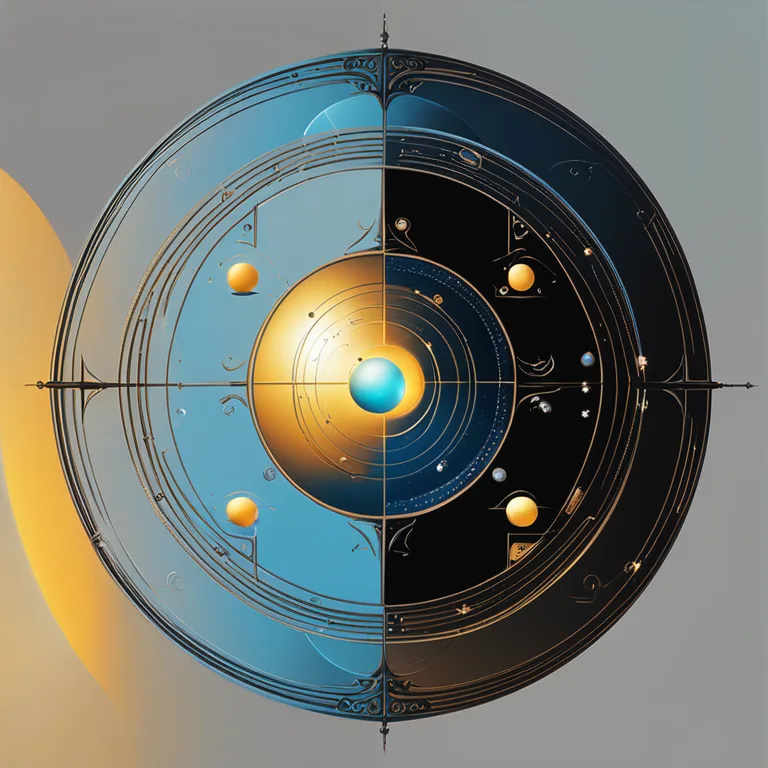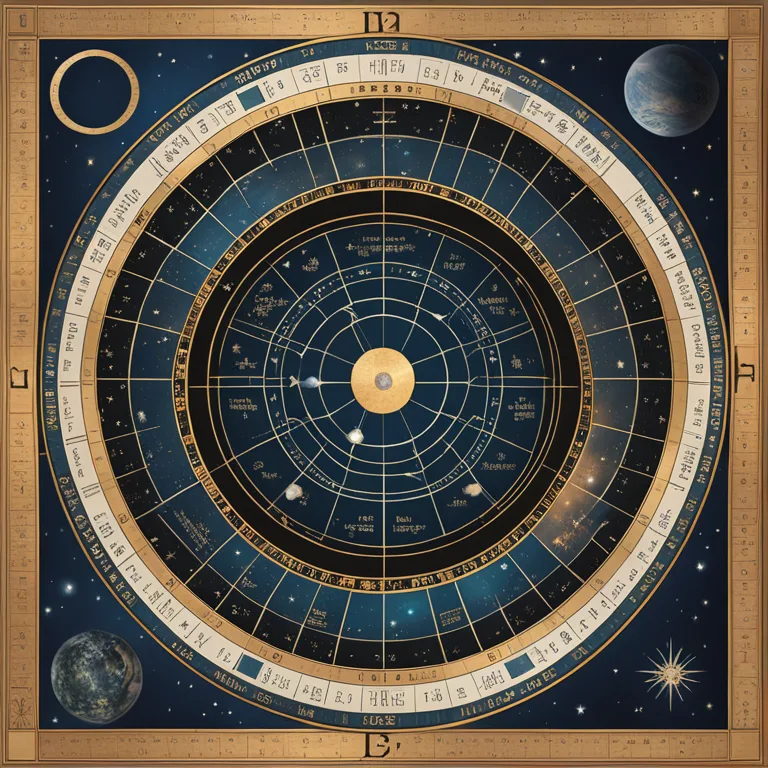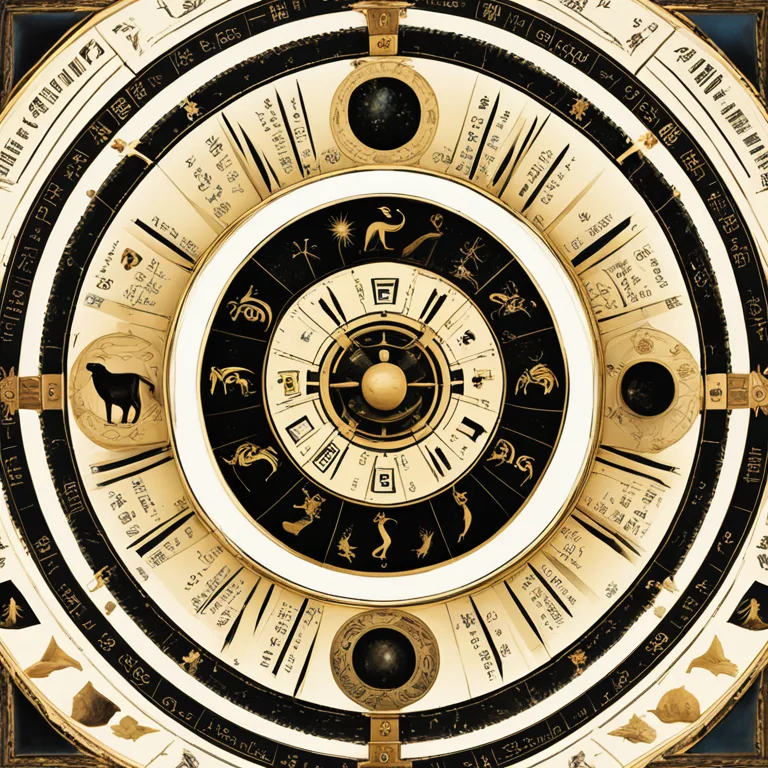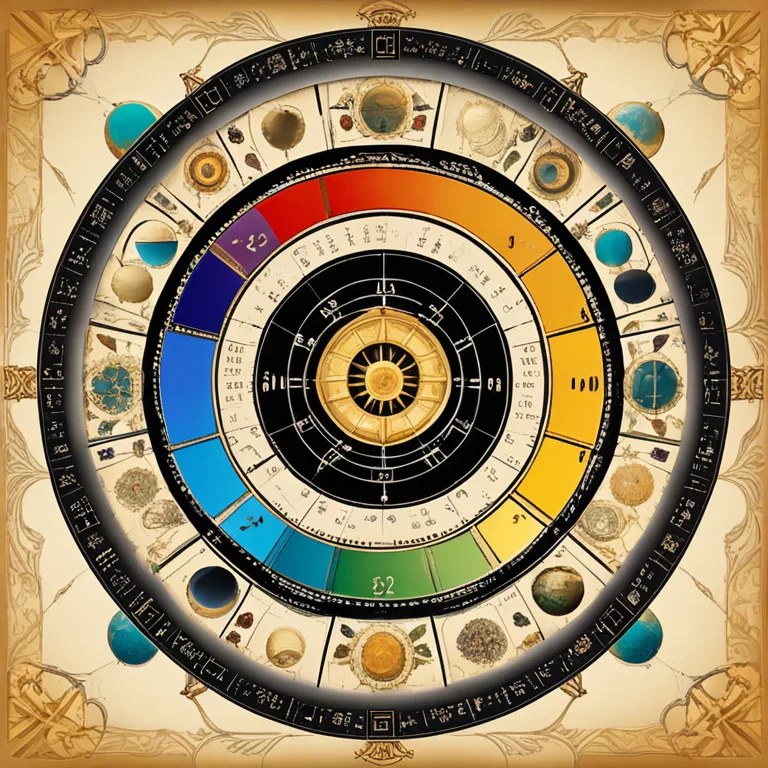
Read Your Birth Chart Accurately
Discover how to interpret your birth chart for personal insights into the astral influences on your life journey.
article by Priya Deshmukh
Before diving into your birth chart, it's essential to comprehend its structure. A birth chart, or natal chart, maps the sky's astronomical positions at the exact moment of your birth from the location you were born. Personalized to you, it serves as an astrological blueprint to your life. Think of it as a cosmic snapshot, revealing the arrangement of the planets and zodiac signs that influence your character, emotions, and potential paths in life. Acquiring your precise birth time, date, and place are critical first steps to constructing an accurate chart.

The zodiac wheel is a 360-degree circle divided into twelve equal parts, each representing a zodiac sign. Each sign possesses unique characteristics and is ruled by specific planetary energies. In your birth chart, the signs will be placed according to where the planets were located at your birth. The wheel also houses the Houses, another crucial component, which signifies different life areas. Where a planet resides in these Houses affects how its energy manifests in your life. The first house, or Ascendant, indicates your persona to the world, marking a significant point in your birth chart.

Planets are the dynamic energies within your chart that shape various aspects of your personality and life journey. Each planet embodies a different facet of your psyche – with the Sun sign outlining your core essence, the Moon revealing your inner emotional self, Mercury governing communication, Venus your love style, and so forth. Understanding the characteristics of each planetary placement helps you peel back layers of your personality and potential, expressly considering the planetary aspects or angles that could alter or enhance their influences.

The twelve Houses of astrology represent different spheres of life, from self-image to career, relationships to communication, and more. Your birth chart places these Houses in a circle, and planets “reside” within them. The 1st House concerns the self, 2nd your values, 3rd communication, 4th home and family, up to the 12th House of the subconscious. Observing which planets fall into which Houses, and their aspects to others, lays the foundation for understanding how you’re inclined to act and react in different life areas.

Aspects are the mathematical relationships between planets, gauged by the angle they make with one another. Major aspects include conjunctions (same place or very close), sextiles (60 degrees apart), squares (90 degrees apart), trines (120 degrees apart), and oppositions (180 degrees apart). These aspects direct the flow of energy in your chart – harmoniously through trines and sextiles, or with challenge through squares and oppositions. Recognizing these patterns can reveal personal strengths and challenges you may encounter on your life's journey.
Each zodiac sign brings its flavor to the planets and Houses it occupies. Aries, for example, is known for its fiery and assertive nature, while Taurus offers a more grounded and stable energy. The sign your Sun is in describes your essence, the Moon's sign tells of your emotional undercurrents, and so forth. Overlaying the nature of a sign with the House it occupies can lend a deeper understanding of how you may express these energies practically in your life.
Bringing together all these elements, reading a birth chart is about synthesis. It’s a complex task where astrologers interlace the meanings behind planets, signs, Houses, and aspects to form a coherent narrative. There are layers to each interpretation, and often, the chart speaks of potentials rather than certainties. Patience is key. Over time, combining these symbols can reveal a nuanced understanding of a birth chart's insights and how they might unfold throughout a person's life.
Published: 12/22/2023
Modified: 12/22/2023
More predictions
Come back here soon to learn more about yourself and your future



